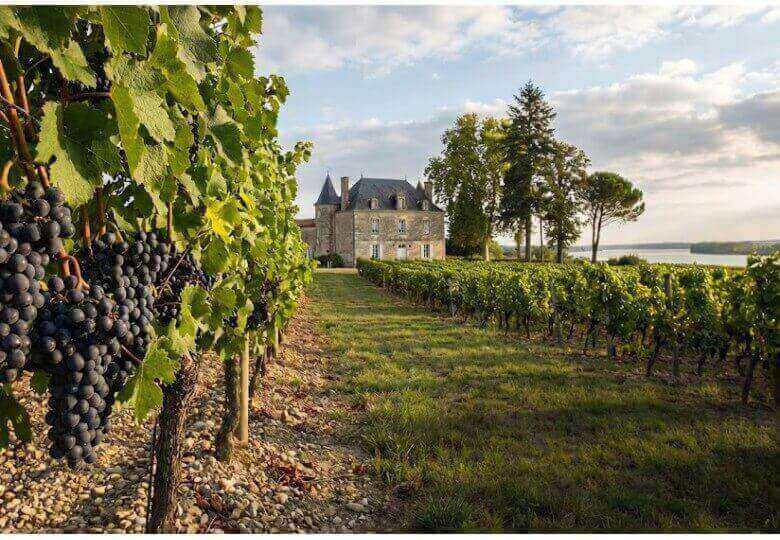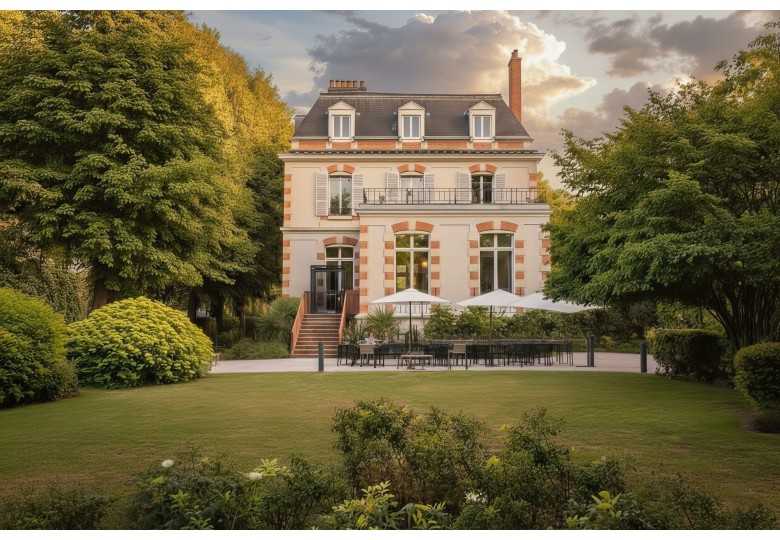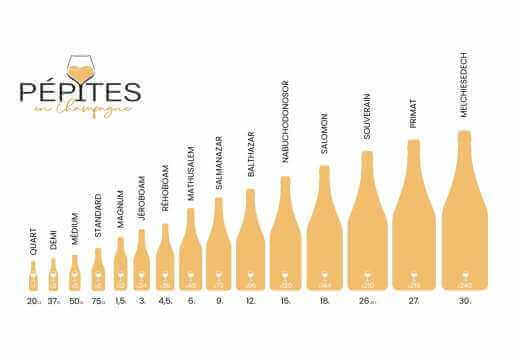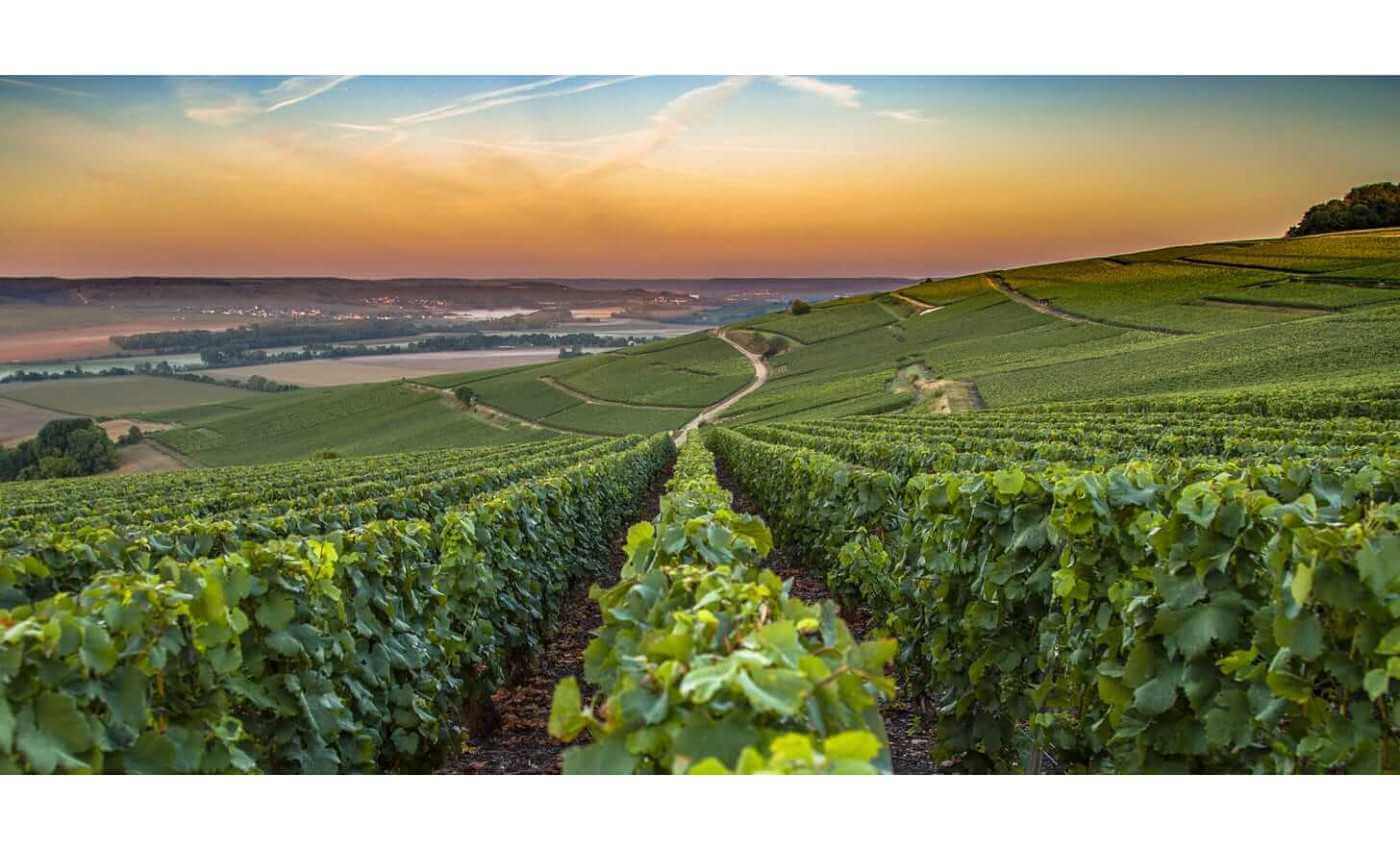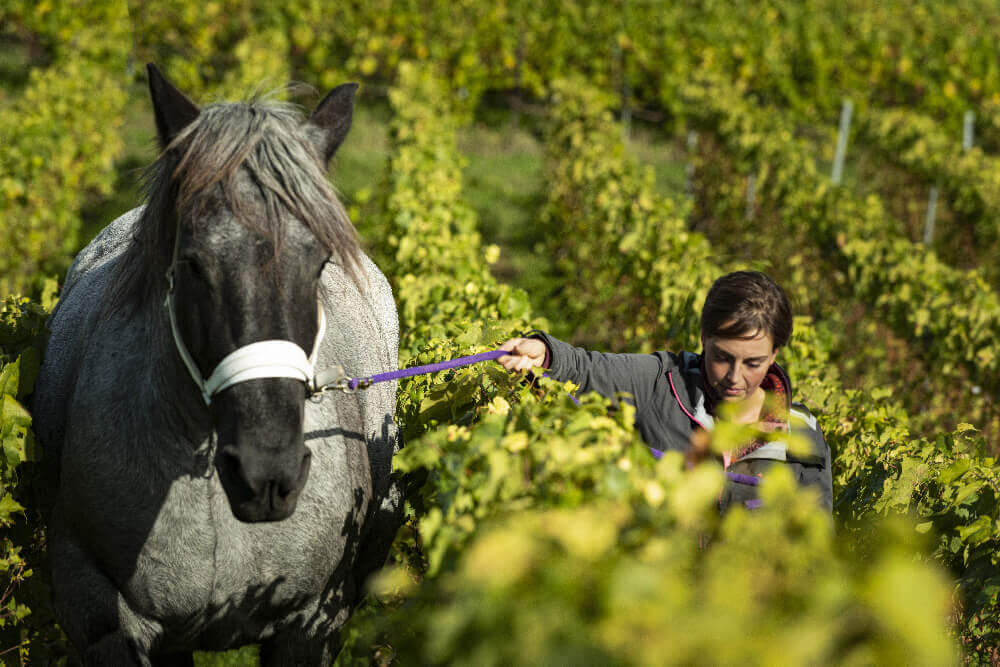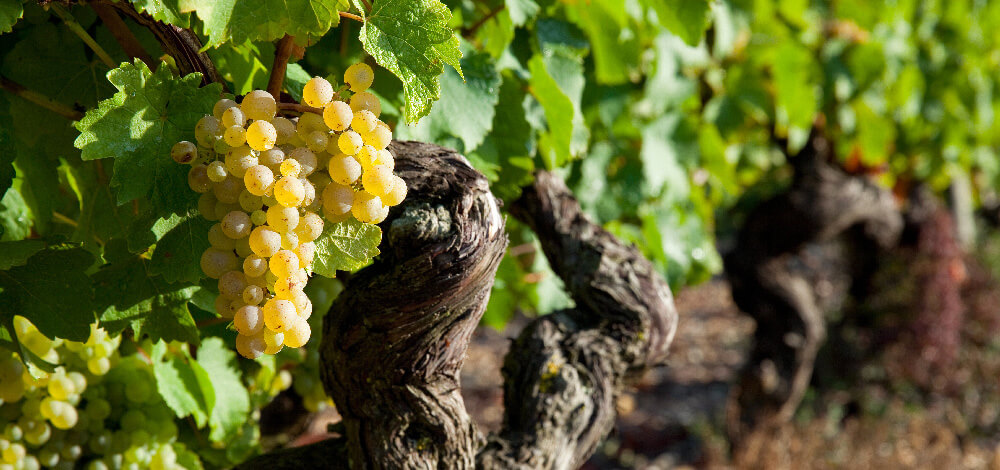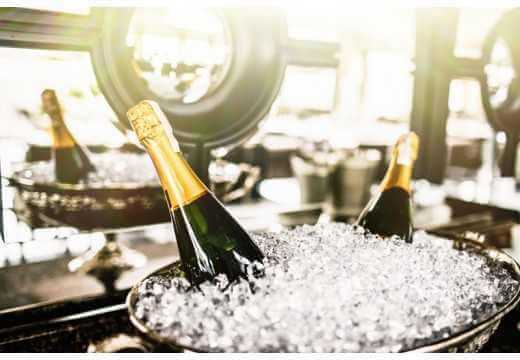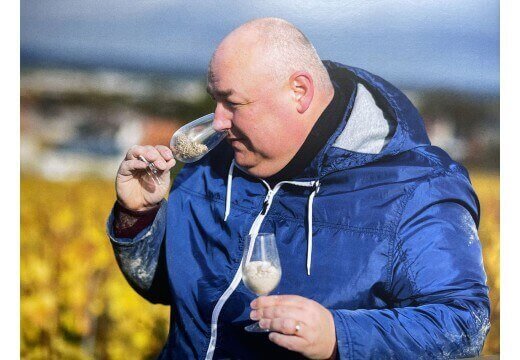An appellation d'origine contrôlée (AOC) is a sign of quality and origin (SIQO). It designates a product whose authenticity, quality and typicality are guaranteed by two factors:
- its geographical origin: an AOC can only be produced in a delimited territory based on historical, geological and climatic characteristics;
- its production method: an AOC is produced according to specific production conditions, defined by specifications (grape varieties, cultivation practices, harvesting, vinification, ageing, etc.)
Appellations d'origine contrôlée (AOCs) in the wine sector were created by the decree-law of July 30, 1935. At the same time, this decree established the Comité national des appellations d'origine de vins et eaux de vie, which became the Institut national des appellations d'origine des vins et eaux de vie (INAO) on July 16, 1947. More broadly speaking, AOCs originated in the fight against fraud and usurpation, which animated several major wine-producing regions throughout the 19th and early 20th centuries. Indeed, wine merchants and producers wanted to guarantee the origin of the grapes and wines they produced, in order to put an end to wines of poor quality or of foreign origin marketed under the name of reputed wines. On August 1, 1905, the law "sur les fraudes et falsifications en matière de produits ou de services" was enacted, the first in a long series of provisions designed to protect appellations of origin.
The AOC Champagne officially came into being with the decree of June 29, 1936. Its geographical area covers 5 départements, i.e. 635 communes where champagne production is authorized. Of these, 319 have the right to plant vines, for a total of 35,000 classified hectares. A procedure to revise the delimitation of this geographical area was initiated in 2003 by the INAO, at the request of the SGV, and should be completed around 2018-2020.


